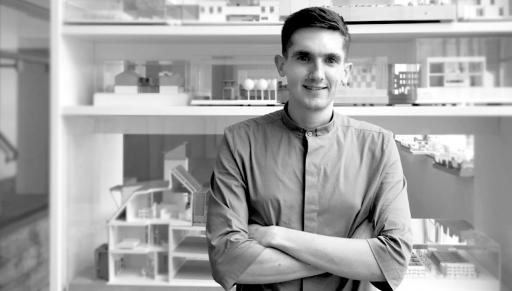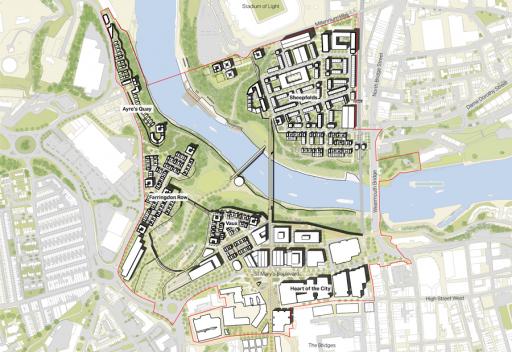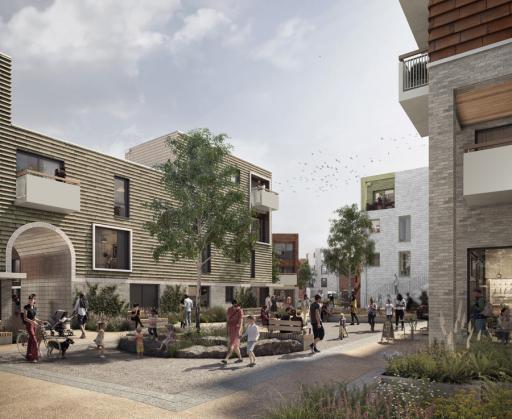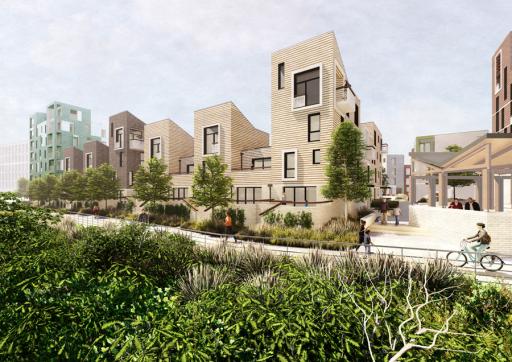As the COP26 climate conference continues in Glasgow, we agree that now is the time for ‘actions not words’ to tackle the climate emergency. Our Sustainability Champion Harrison Symonds reflects on the role we can play as architects and designers and highlights our work to develop a sustainable masterplan approach at Riverside Sunderland.
Developing an all-encompassing approach to sustainable design: As a practice we place environmental issues at the forefront of our design methodology and take into account every aspect of the design, construction and maintenance of a development across its entire life cycle. This year we have pledged to support the RIBA 2030 Climate Challenge and are working towards reducing operational carbon in all our projects as well as embarking on a major retrofit project for Newham that will meet Passivehaus Standards. Our approach is underpinned by an overarching commitment to the social, economic, and environmental specifics of a site that results in high quality designs that are contextual and resilient. Through this, our proposals stand the test of time by being sustainable and adaptable, serving the needs of both present and future communities.
Spotlight on Vaux, Riverside Sunderland: Working in collaboration with Mawson Kerr Architects, the Vaux neighbourhood forms the first phase of the landmark Riverside Sunderland Masterplan. The new urban quarter adopts Smart City infrastructure and a sustainable development model that will contribute to the city’s ambitious carbon-neutral goals offering future residents the opportunity to be pioneers of a new sustainable way of living. Key features of the masterplan approach include:
- designing for low energy consumption to reduce operational carbon;
- integrating Riverside Sunderland into a citywide low-carbon heating network;
- generating energy from renewable sources such as photovoltaics;
- introducing designated parking barns at the edge of the neighbourhood incentivising fewer car journeys - these structures are designed to be adapted for future workspace and community uses as car reliance decreases;
- integrating green technology including Air Source Heat Pumps (ASHPs) and Mechanical Ventilation with Heat Recovery (MVHRs), batteries within houses and capability of a future 5G network connection;
- conducting comprehensive Wole Life Carbon (WLC) assessments at each RIBA stage to meet the RIBA 2030 target for less than 300kgCO2e/m2, a 70% reduction.
- promoting a sharing economy for vehicles, power tools and other resources;
- specifying and sourcing local materials, helping to create a unique identity for the neighbourhood;
- using modern methods of construction (MMC);
- considering design for disassembly and promoting circular economy principals;
- integrating BEMS post occupancy evaluating systems to monitor energy, heat, and water consumption.






